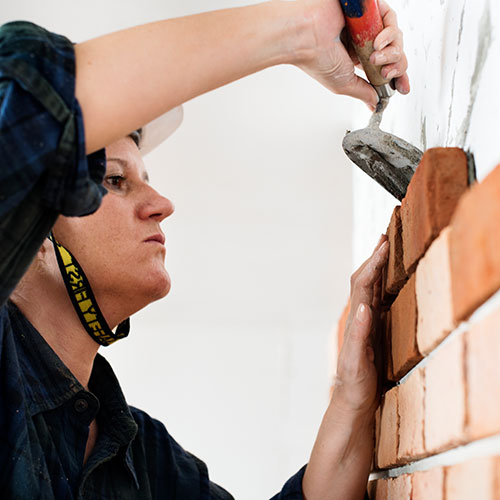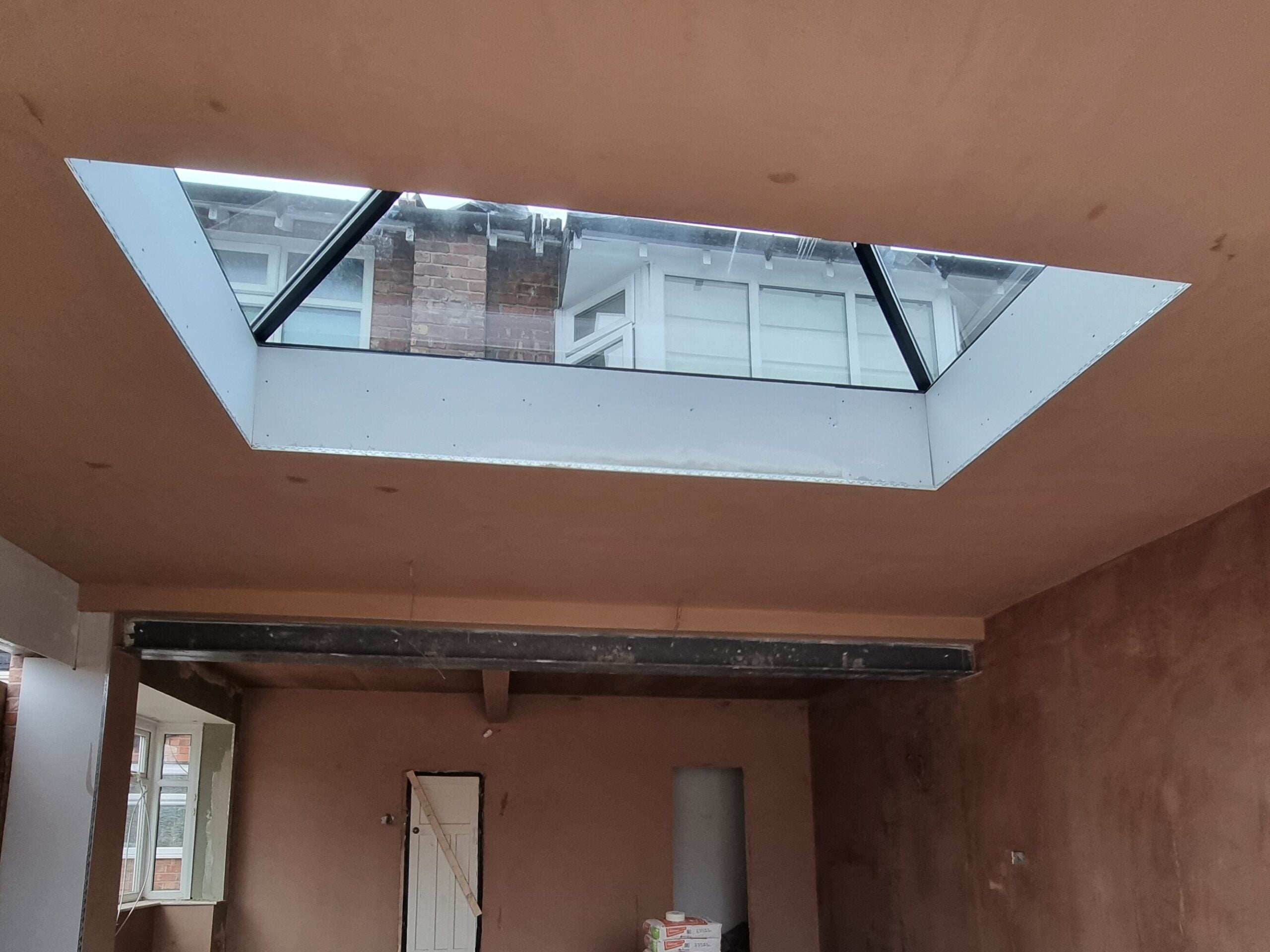Plastering Repair Service: Quick and Budget-friendly Fixes for Splits and Damages
Wiki Article
A Comprehensive Overview to Mastering Plastering Skills for Your Improvement Needs

Crucial Devices and Products
In the world of plastering, having the right devices and products is vital to accomplishing a flawless coating. Different essential tools serve distinct purposes, ensuring performance and precision throughout the plastering procedure. A high-quality trowel, for example, is essential for applying and smoothing plaster, while a hawk gives a steady system for holding the product. A joint knife is likewise important for in-depth work, especially in edges and edges.Along with devices, choosing the appropriate plastering products is vital. Gypsum-based plasters are generally favored for their adaptability and convenience of usage, while cement-based alternatives are optimal for exterior applications as a result of their longevity. Water and bonding agents play significant functions in achieving correct uniformity and adhesion, making certain that the plaster sticks effectively to the surface.
In addition, safety gear such as masks, handwear covers, and goggles is vital to secure versus dirt and inflammation during the application process. By constructing the ideal mix of devices and products, plasterers can enhance their ability and generate high-grade finishes, eventually raising the total workmanship of their work.
Preparing Surface Areas for Gluing
Attaining a smooth and resilient plaster finish starts with meticulous prep work of the surface areas to be smudged. This foundational action is important to making certain adhesion and the longevity of the plaster. Begin by evaluating the condition of the substrate-- whether it is drywall, concrete, or stonework-- removing any loose paint, dust, or debris that may hinder bonding.Following, fix any kind of flaws such as openings or fractures. Make use of an appropriate filler to accomplish a level surface area; this can be crucial for protecting against future problems. Once fixed, ensure the surface is dry and clean, as wetness can compromise plaster adherence.
For permeable surface areas, it is a good idea to apply a bonding agent. This item boosts bond and develops a reliable interface in between the plaster and substrate. If dealing with formerly plastered surface areas, it might be required to mess up or sand the location lightly to provide a secret for the new plaster layer.
Gluing Techniques and Tips
Understanding plastering techniques calls for both ability and practice to achieve a flawless coating. One vital method is the application of the plaster in several thin layers, instead of a single thick coat. This method enables far better attachment and minimizes the risk of splitting. Start with a base layer, ensuring it is uniformly spread out and leveled with a hawk and trowel. Utilize a straightedge to examine for any kind of imperfections before carrying on to subsequent layers.When using the finish coat, use a troweling technique that includes holding the trowel at a mild angle and operating in a circular activity. This assists to create a smooth surface area and lowers the look of trowel marks. Furthermore, keep a spray container of water useful to mist the surface lightly; this keeps the plaster convenient and permits for smoother completing.
Timing is essential; work efficiently, as the plaster starts to set. Once the plaster has tightened however is still damp, use a damp sponge to carefully smooth the surface better. Finally, permit appropriate drying out time prior to sanding or paint, guaranteeing your tough job leads to a specialist, top quality finish.
Common Errors to Stay Clear Of

Another typical mistake is using plaster also thickly. Overzealous applications can result in cracking and extended drying out times. It's vital to apply plaster in slim, also layers, enabling each layer to completely dry appropriately visit our website before adding extra.
Additionally, not making use of the right tools can hinder the high quality of the coating. Utilizing inappropriate trowels or mixers can produce incongruities in the plastering process. Always select top notch tools developed for gluing jobs.
Last but not least, many people imp source undervalue the importance of timing. Working in unsuitable temperature levels or humidity levels can negatively affect plaster curing and drying out. It is a good idea to examine weather condition conditions and adapt your timetable appropriately.
Ending Up Touches for an Expert Appearance
The lasts of a plastering task are essential for attaining a polished, expert look. When the plaster has actually dried out sufficiently, the next step is to examine the surface for imperfections. Small bumps, openings, or unequal locations need to be attended to using great sandpaper or a sanding block. This thorough interest to detail is essential for making sure a smooth finish.After sanding, it's recommended to cleanse the surface to remove any kind of dust and particles. A wet fabric works for this objective, adhered to by an extensive drying period. If essential, using a thin layer of finishing plaster can improve the surface additionally, supplying a seamless finish.
Once the ending up plaster is completely dry, another round of sanding may be called for to achieve the preferred level of smoothness. Finally, think about applying a guide before paint or wallpapering, link which will enhance attachment and resilience.
Verdict
Mastering plastering skills significantly boosts the top quality of renovation tasks. A thorough understanding of essential devices, surface area prep work, and effective strategies is critical for attaining expert outcomes.Water and bonding representatives play considerable duties in achieving correct uniformity and attachment, guaranteeing that the plaster adheres successfully to the surface. Plastering.


Furthermore, keep a spray bottle of water useful to haze the surface lightly; this maintains the plaster practical and permits for smoother completing. (Plastering)
If necessary, using a slim layer of ending up plaster can improve the surface even more, providing a smooth coating.
Report this wiki page